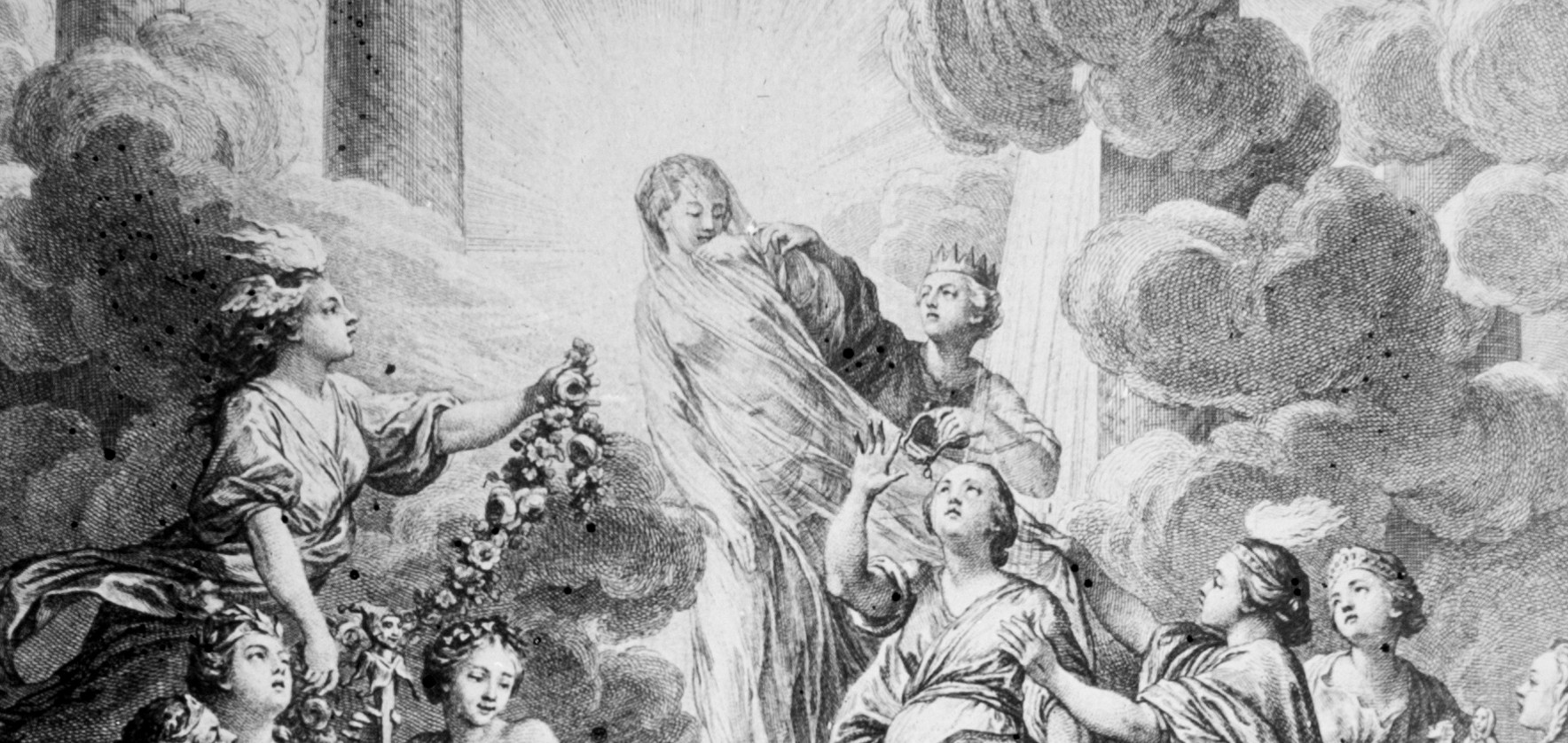
The influence of the Enlightenment on the Revolution
The Enlightenment was a philosophical movement. Its followers considered that human reason is the only thing able to ‘light’ the way to reaching human happiness. The Enlightenment brought a move from theory to practice, from criticism to reforming action - in education, in household administration, in social reactions and in politics.
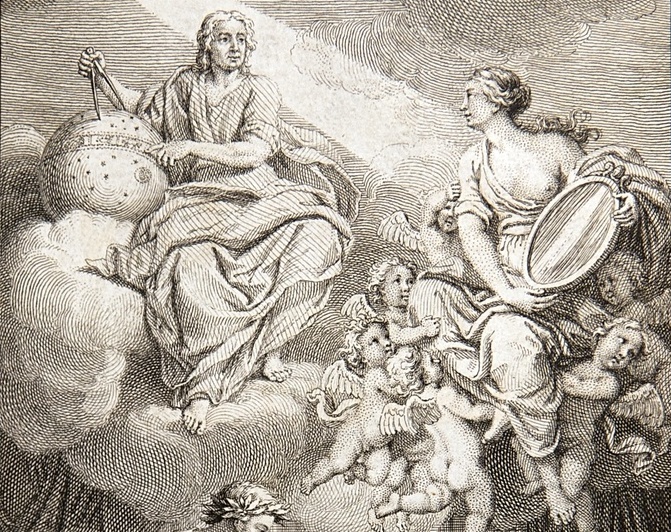
1 of 4
Lumières is the French notion used for this movement. It comes from the word lumière (light) and means ‘intelligence, knowledge and a clear spirit’.
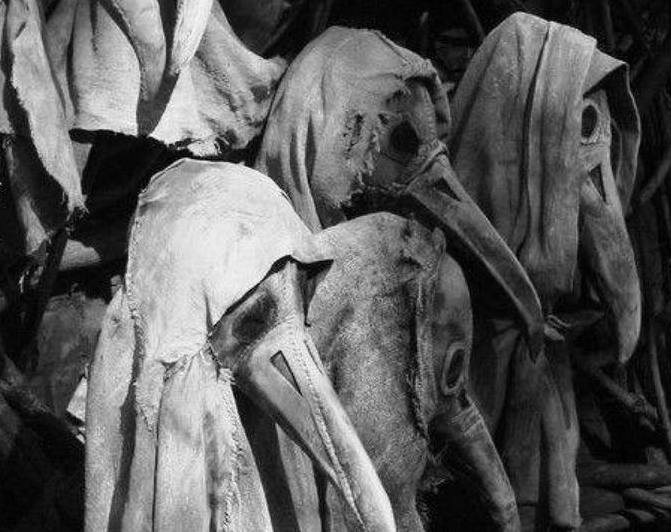
2 of 4
After the crises of the 17th century, people were looking for stability. The final outbreaks of the plague had died out, and the last mass expulsion of the unconverted was over.
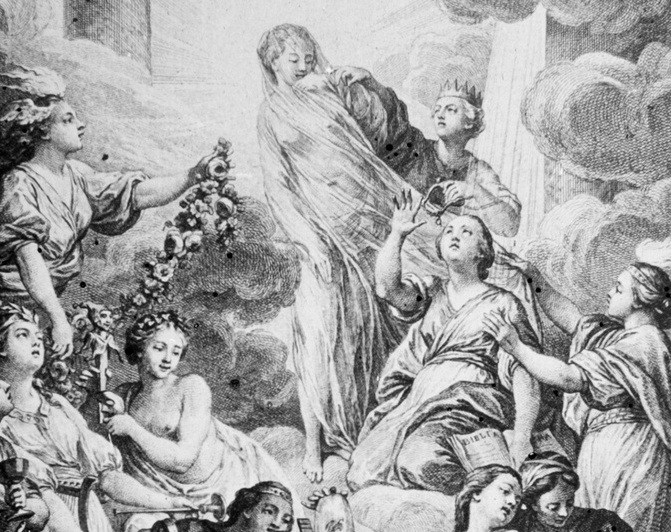
3 of 4
The Enlightenment was a reaction to the baroque style, to dogma and counter-reforms. The surviving currents in this period which favored the awakening of critical thinking were: humanism based on the thinking of Erasmus, the current of free speech and writing, and critical analysis influenced by Antiquity.
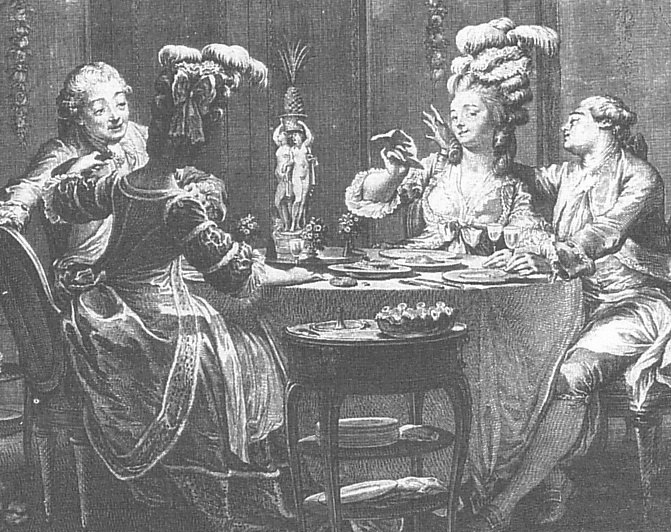
4 of 4
Society blamed the luxury and laziness of the parasites in the royal courts. These people had a very easy life, without having to work at all. They lived off the taxes collected from the principalities.
The monarchy was more and more given over to the amusements of court life and hunting, while neglecting state affairs. Many monarchs had purely representative functions. However, they lived far from the tasks of government and from the people who needed a leader. There had also been an intermarriage of thrones between the European royal families.
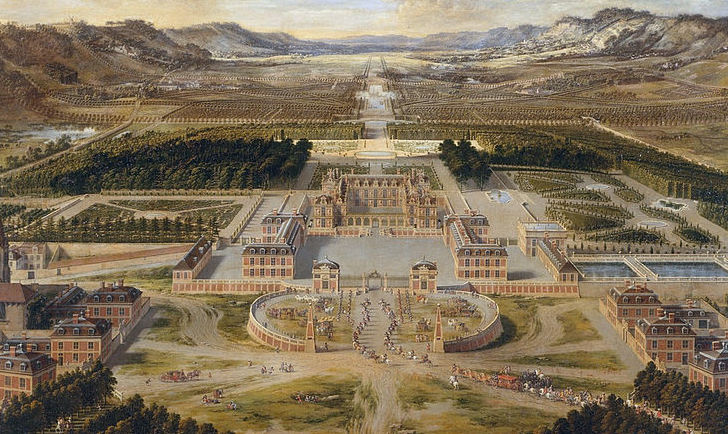
1 of 4
The king’s residence was changed, and the old castle in the capital was abandoned. The rulers wished to be able to move around freely, preferring the fresh air of the countryside to the stifling crush of the city. Thus, the French king left the Louvre Palace and moved to Versailles. The courts of these sumptuous residences were places of refined culture, but they were also the setting for shameful business deals and unhealthy plots.
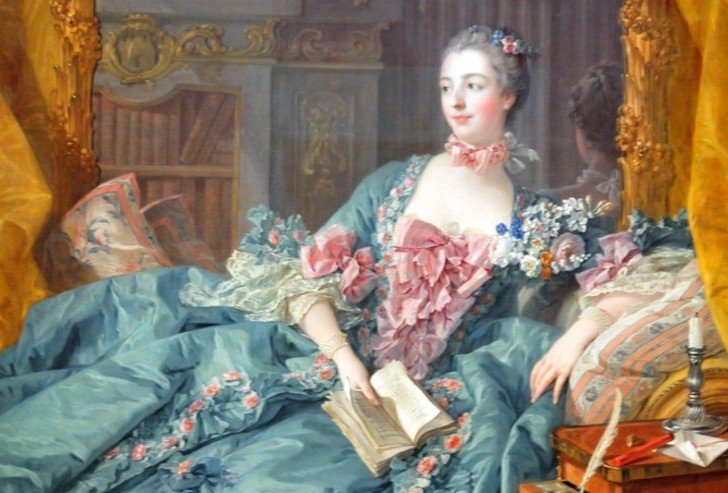
2 of 4
Europe was dominated by royal crowns. The Bourbon dynasty had spread through Spain and in the Kingdom of the Two Sicilies. Paris and Vienna were the uncontested great courts of strong nations. Most monarchs had already ceded power to their Prime Minister or even to his mistress, or, in certain cases, to their favorites. The situation was the same in France during the time of Louis the 15th, which could be called the reign of the Marquise of Pompadour.
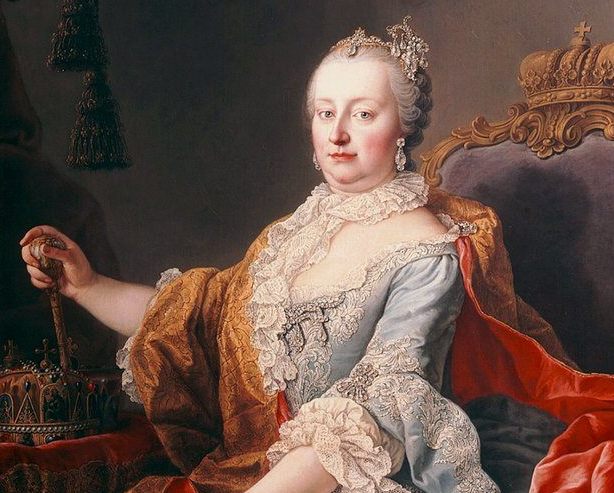
3 of 4
It’s surprising that in this century, through the lottery of succession rights, women came to the throne in many monarchies, such as: Maria Theresa in Austria, Catherine the second in Russia, Queen Anne in Great Britain and Queen Mary in Portugal. Women have always played an important role in monarchies - as wives to monarchs, as their mistresses or as widow queens.
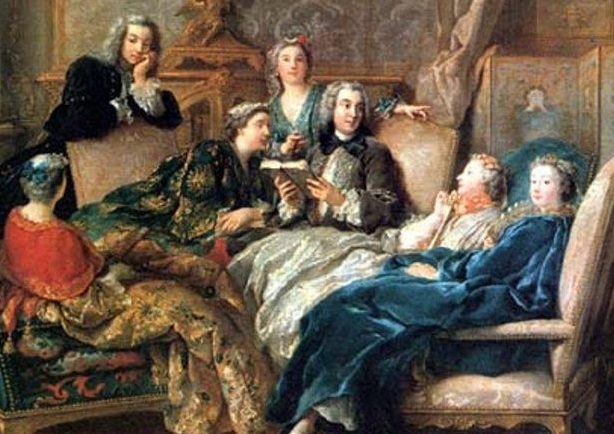
4 of 4
Entertainment became more refined. People drank less than in the previous century. Pleasure became more subtle; it was no longer just about play, but also about reading. There were educated princes and especially educated princesses. It was the fashionable thing for princes in this century to found academies.
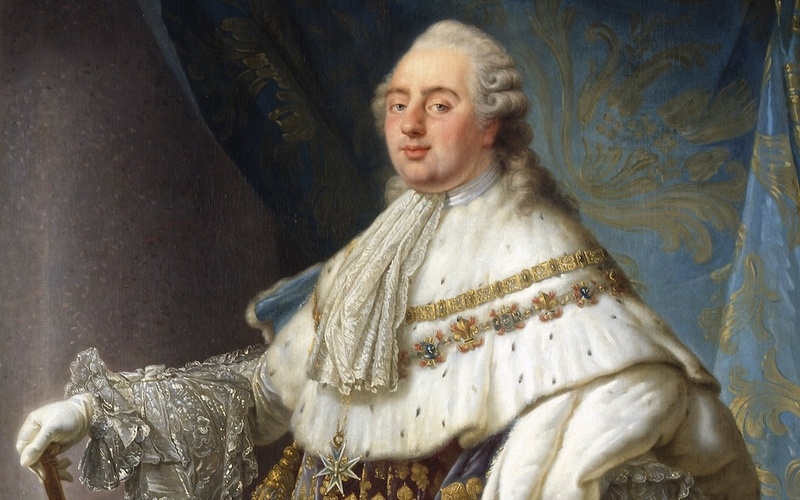
The Old Monarchic Regime
The French Monarchy, Louis XVI of Bourbon and Marie Antoinette Josepha Johanna ďAutriche Lorraine. The administrative Chaos and the French system of taxation
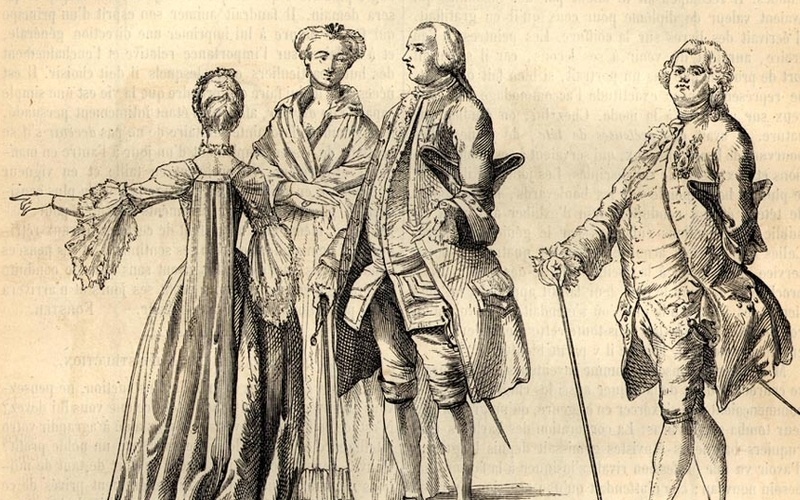
French Society
French society in the 18th century was divided into orders or estates. Clergy formed the first estate, nobles the second, while the third estate included the rest of the population, made up of the bourgeoisie, peasants and urban laborers.
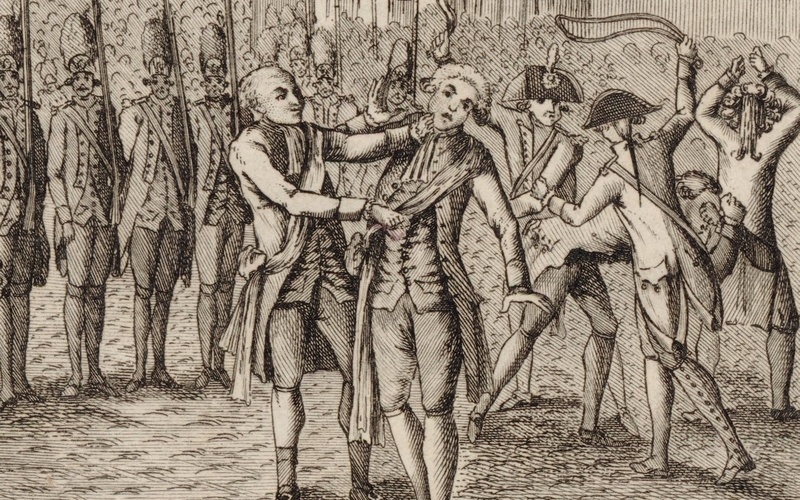
Causes of the Revolution
The origins of the French Revolution can be traced back to four revolutionary movements in the latter part of the 18th century. These movements shook French society and royal power to their foundations.
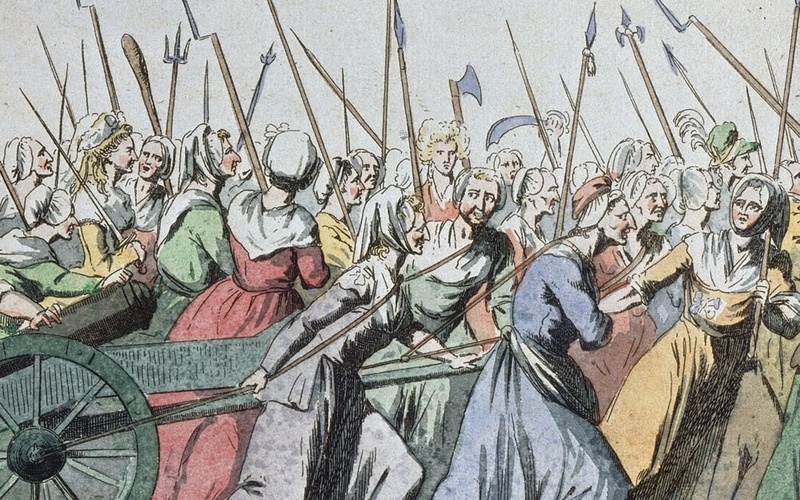
The revolution
Reforms of the Constituent Assembly, the declaration of the rights of man and of the citizen, conflict between the king and the National Assembly, secularization of church wealth, the Jacobin and the Cordeliers Club, the 1791 Constitution, Champ de Mars.
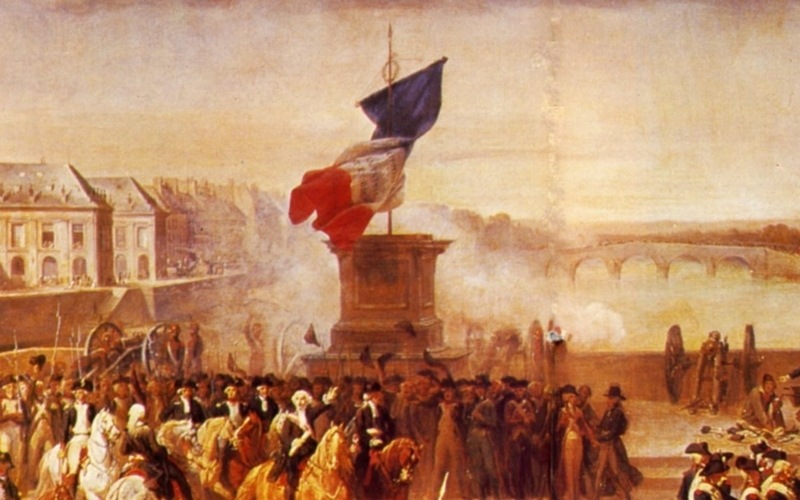
Removal of the monarchy and the Paris Commune
War-time fragility, La Fayette’s Revolt, the homeland in danger, inauguration of the Revolutionary Commune, the fall of the monarchy.
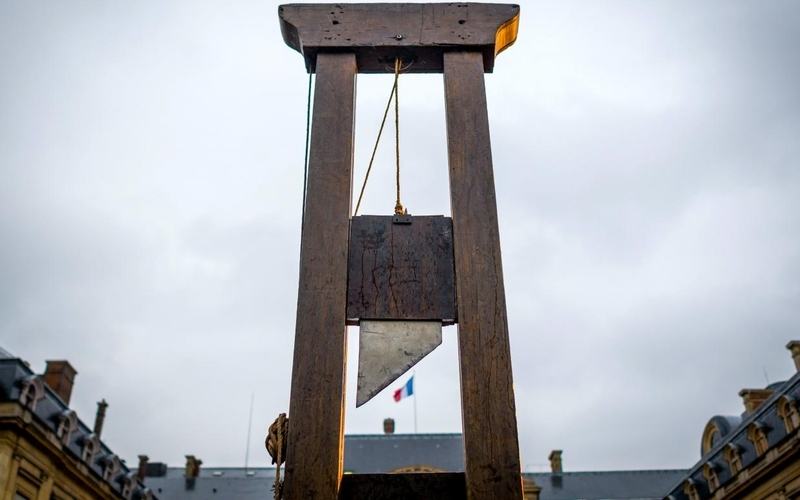
The revolutionary government and the Terror
The guillotine remains the symbol of the Terror. Power struggle: Girondist and Jacobins. September massacres. Trial of Louis 16th. Dechristianisation.
- Barnea Alexandru, Istorie, manual pentru clasa a X-a, Ed. Corint, Bucureşti, 2005
- Duncan Townson, Franţa în revoluţie, Ed. All Educaţional, Bucureşti, 2000
- Ulrich Im Hof, Europa Luminilor, Ed. Polirom, Bucureşti, 2003
- Marinela Elena Bogdan





